Reviews
Roland Emmerich
USA, 1998
Credits
Review by Rod Bastanmehr
Posted on 24 June 2013
Source Sony Pictures DVD
Related articles
Features: The Compleat Godzilla
Categories Failed Franchises
Even prior to Godzilla’s release, the film’s hype had reached a feverish high, with Hollywood’s capitalistic architects projecting it to break the record for largest Memorial Day gross in history—a record set just the year before by The Lost World. This prediction was telling, as Godzilla bears an evident rivalry to the Jurassic Park series, what with the former’s sweeping shots of green islands and array of raptor-like baby lizards. Even the film’s famous teaser trailer, in which Godzilla steps through the ceiling of the Museum of Natural History squarely onto a skeleton of a Tyrannosaurus, is an explicit promise that it would somehow supersede the memory of Steven Spielberg’s dinosaur franchise.
Roland Emmerich has made a career out of synthesizing disastrous events into ominous pop imagery: the gradual city-spanning shadow from a yet-unseen spacecraft (in Independence Day); mass bird migration across the New York skyline (The Day After Tomorrow); massive, three-toed footprints along the coast of an Indonesian island (Godzilla). Moments like these pepper the otherwise formulaic narratives, but Emmerich’s films are best when distilled into singular images—perhaps that is even how they’re meant to be seen. The operatic destruction of the White House at the hands of an alien laser beam is more arresting when tagged as the final moment in a trailer than it is near the end of a film’s first act.
The character of Godzilla, since the Japanese original some forty years earlier, has become something of a titan of pop culture, but his appeal to Western audiences was always the product of translation, often at the expense of the true impact of the original films. This ensured that Godzilla was a property rife with potential for Emmerich. Godzilla was always more interesting, however, when considered through the context of its politically anxious roots (rather than the purely visual spectacle into which the franchise would evolve). Much of the conflict found in the 1954 original stemmed from the monster as a flesh and blood manifestation of the effects of nuclear warfare, with Godzilla himself presented both as victim and villain, a result of nuclear testing off the coast of Tokyo, and a being who ravages Japan and manifests the horror of nuclear devastation.
Expectedly, an Americanized Godzilla has diminished relevance with regard to symbolizing Japan’s violent history. In this respect, the film has no subtext. The film is derived from an inherently political story, only with the politics omitted entirely. With the memory of nuclear annihilation less potent in the public’s memory - especially to the younger audience catered to in the film’s PG-13, Memorial Day release - Godzilla is reduced to its fundamental, unambiguous basis: a big lizard romping around in a big city, a monster movie at its most generously macroscopic.
The film’s shortcomings aren’t simply due to its indifference to historical analogy. Much of the 1998 film’s failings come from its inability to deliver a cohesively sensational movie. The narrative is reduced to a bare minimum of plot points, with some of the most familiar tropes in times of cinematic chaos, such as the man with headphones who doesn’t notice the cataclysm behind him. Yet it’s almost as if the film is well aware of its inherent shortcomings; how else to explain the strange bit of meta-casting in a character named Mayor Ebert, with more than a passing likeness to the famed late film critic (the mayor is even seen giving a thumbs up in his re-election posters around the city, all orchestrated by his campaign advisor, Gene).
The film begins with a pre-credit montage that summarizes Godzilla’s origin, reducing the series’ complex mythology into a matter of minutes. By the film’s third act, the military has caused more industrial damage in Manhattan than Godzilla himself—this detail seems to be citing the original films’ most interesting thesis: that in many ways, we have crafted our own destruction by never questioning the ethics of nuclear experimentation.
Such heavy moral questioning was never the intention of this summer blockbuster. This is the case with many New York-centric disaster movies made prior to 9/11—a group among which the American Godzilla is one of the last. Images of downtown Manhattan covered in rubble and smoke, as buildings collapse and NYPD stare in astonished helplessness, have a much greater weight in the years since the metropolitan cityscape has proven more vulnerable than it once seemed. And Godzilla strangely benefits from a time in which such images - of ordinary citizens shaken in a city that they’re not used to being shaken by - were the simplest and most uncontroversial kind of scary.
By the film’s final scene - an ominous, if predictable, tracking shot through a dismantled Madison Square Garden that reveals a single remaining lizard egg, which hatches before a swift cut to black - the audience has already been left with nothing to feel and even less to fear. The film purports to be telling that there are more stories to tell, but its biggest flaw is that it’s shown us too much and told us too little. Godzilla is a more interesting bit of pop cinema in the build up before the monster is revealed; the atmosphere that precedes it proves to be closer to why we go to the movies in the first place. Once the film fully assumes its status as FX-porn, it leaves no wonder to be had. Suddenly, everything that we could see, we do see.
More Failed Franchises
-
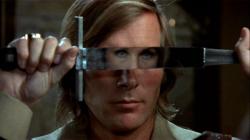
Captain Kronos - Vampire Hunter
1974 -
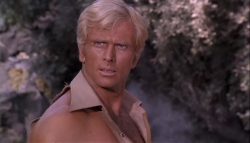
Doc Savage: Man of Bronze
1975 -
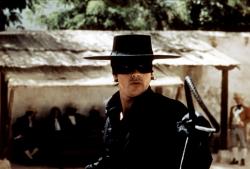
Zorro
1975 -
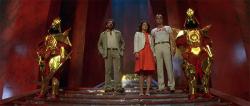
Flash Gordon
1980 -
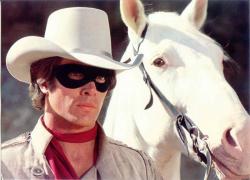
The Legend of the Lone Ranger
1981 -
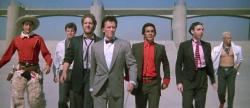
The Adventures of Buckaroo Banzai Across the 8th Dimension!
1984 -
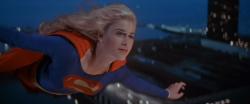
Supergirl
1984 -

Dune
1984 -
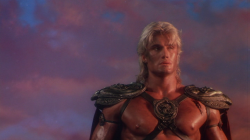
Masters of the Universe
1987 -

Howard the Duck
1986 -

Willow
1988 -

Dick Tracy
1990 -
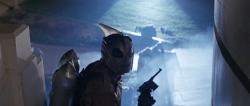
The Rocketeer
1991 -
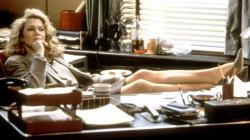
V.I. Warshawski
1991 -
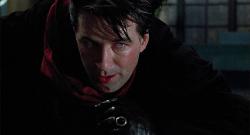
The Shadow
1994 -
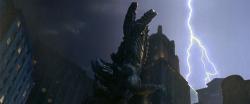
Godzilla
1998 -

The Zero Effect
1998 -
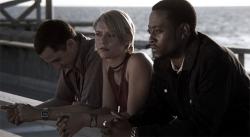
The Mod Squad
1999 -

Hulk
2003 -

Master and Commander: The Far Side of the World
2003 -
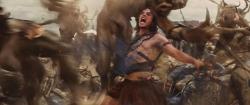
John Carter
2012
We don’t do comments anymore, but you may contact us here or find us on Twitter or Facebook.



